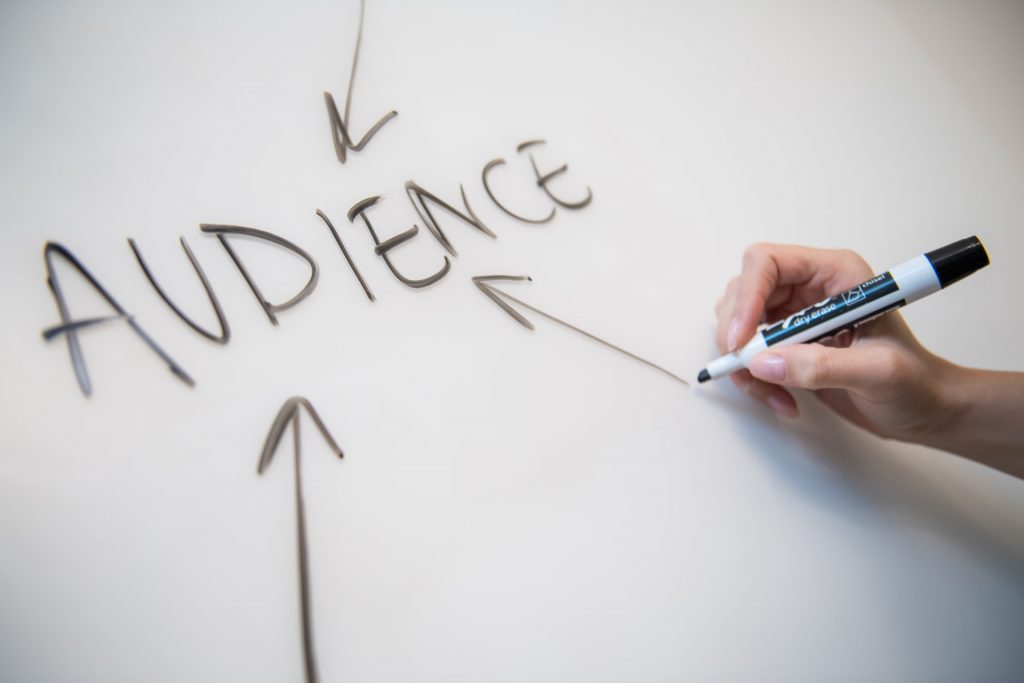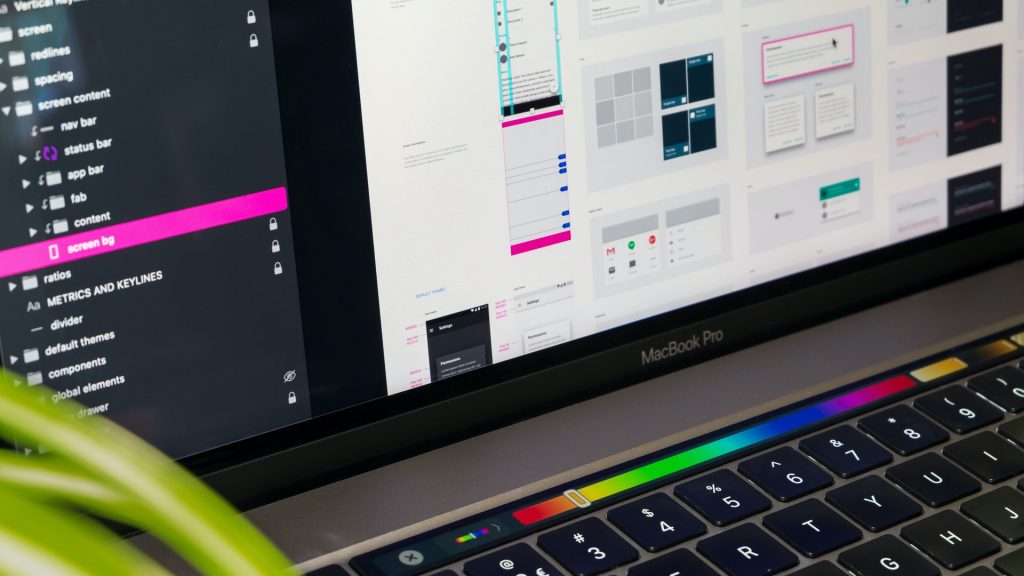A website is a crucial business tool. It’s used for marketing, sales, customer engagement, and many other fields. However, for a website to be effective, grow, and fulfill the intended purpose, a few things need to be considered. The first noticeable thing in a website is the design, as good impressions are important.
However, even though the aesthetic appeal is essential, a great web design is made of much more. It’s creating a website that serves the client’s goal and their audience in functionality and form. There are several stages to the process, including information collection, design, development, and testing. To optimize these steps in your web design process, here are a few valuable tips.
Table of Contents
1. Identify the Project Goal and Scope

The first stage is generally about identifying your clients’ needs. You need to identify the end goal of the web design. You need to ask questions that will help you understand what they want out of the project. You can get this kind of information by working in close collaboration with the client.
The questions include:
- Who’s the target audience?
- What’s the primary purpose of the site?
- Who are the competitors, and how do their sites compare? Are the clients borrowing inspiration from them, or do they want something different?
If these questions and others that define the project aren’t answered, the entire project begins on the wrong foundation, eventually moving in the wrong direction.
Second, you need a defined scope of the project. Often a client starts with one thing, and the project can evolve and expand from the original idea to another thing altogether. While this isn’t necessarily a problem, it can lead to extra work and exceeded budgets and timelines, making the project impractical in some situations.
So, you need to know from the start what the project entails to create a reasonable timeline for it. This will help you set work boundaries and attainable deadlines. This way, both you and the client have a point of reference to keep you focused on the project.
2. Create the Wireframe and Sitemap
A sitemap is the foundation of an excellently designed website. It gives you a clear idea of the information structure and shows the relationship between web pages and content features. It acts similar to a building’s blueprint, and you know you can’t build a house without one. You can use visual sitemap builder tools to help with creating your sitemap.
Moreover, the wireframe provides you with a framework where you store your site’s visual design and content features and identifies potential hurdles and flaws in the sitemap. It is an excellent guide, although it doesn’t have the final design elements. There are also wireframe tools to help you, although some web designers still prefer the primary paper and pencil.
3. Work on the Web Content

After your website’s framework is firmly in place, the next step is content creation. Content is vital in a website for two main reasons: engaging the audience in action and search engine optimization (SEO) purposes. The content catches the attention of visitors after the design and drives them to fulfill the goal that brought them to the site.
Its effectiveness depends on the quality of the content and the presentation. If the content is overly long, dull, and boring, a visitor won’t be attentive for long. However, if it’s short and intriguing, it grabs visitors’ attention and keeps it. Even when there’s a lot of content required in a page, properly breaking it up ad supplementing it with visuals can give it an engaging feel.
As for SEO, your content should also boost the site’s visibility on search engines. You need to get the keywords and phrases right (we recommend following a good keyword research guide) and place them in strategic places. Well-written content that’s informative, accurate, and well-placed keywords help the site be more discoverable on search engines.
When your client supplies you with content, whether shallow or bulky, it’s your job to organize it appropriately to ensure top-notch SEO and, of course, engage visitors.
4. Working on Visual Elements

After giving your design process the proper foundation, you move on to the site’s visual features with the site architecture and content. You need to consider the essential brand elements, which include the brand colors and logo. This is one of the places you can show your creativity in your web design prowess.
Consider the quality of images as they also communicate the overall quality of a website. According to statistics, the visual content of a website is crucial in increasing clicks, which, in turn, increases engagement and sales. Images make content easier to process, as well as enhance the textual content. Furthermore, the visual image a visitor gets from a site determines whether they stay or not.
It’s advisable to use professional pictures, but remember to resize and compress them without losing their quality. Bulky images slow down web page loading speeds, creating a poor user experience.
5. Website Testing and Launch
Always ensure to test the site to ensure that pages load fast enough and that all the links work. Also, check the site’s responsiveness and accessibility. Check for code errors and fix them before publishing the site online. Go through the titles, meta descriptions, and the content, in general, to check if your keywords are all in place.
After testing it out, it’s time to show the world what you’ve been up to. Remember that things may not go as smoothly as you expect them to and that web design is a continuous process involving maintenance and constant improvements and updates. That is why many decide to hire services like web development company Atlanta.
Final Words
Ultimately, web design is about finding a clean balance between appeal and functionality. Here, creativity in design, fonts, and colors must be just right, but the ease of navigation and quality of content is equally important. These elements, when combined, give an excellent user experience.
Experience and skill will help you create a website that makes the delicate balance between the said elements. Happy users convert to customers, thereby increasing sales and profits. Also, remember that even after the site goes live, you can continue refining the vital elements as you may need to.




